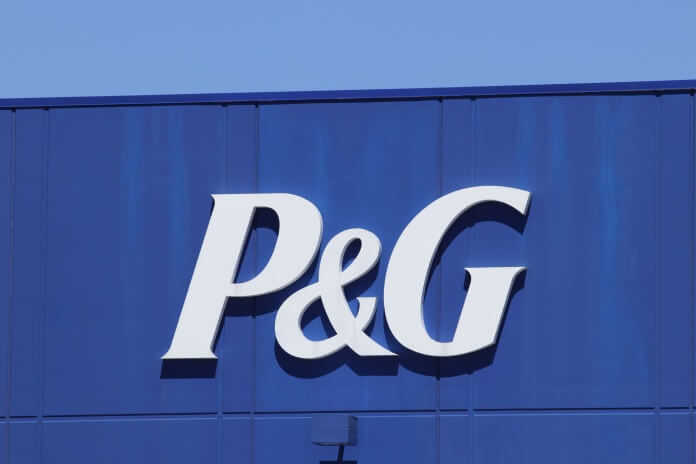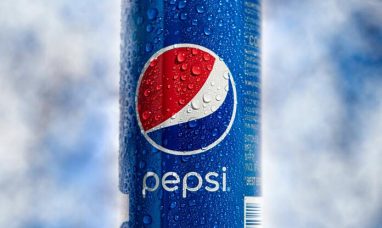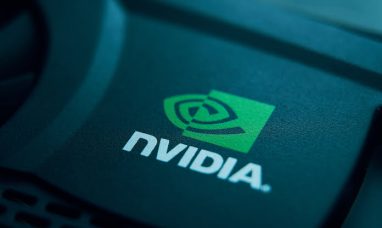On July 17, shares of The Procter & Gamble Company (NYSE:PG) reached a new 52-week high of $170.17 before closing at $169.44. The owner of leading home and personal care brands is currently trading above its 50-day and 200-day simple moving averages.
Over the past year, PG’s shares have risen steadily, increasing by 12.8% compared to the broader industry’s rise of 11.4%, while the Consumer Staples sector saw a decline of 4.4%.
Should You Buy, Hold, or Sell?
As PG trades above its 50-day and 200-day simple moving averages, investors are faced with the question of whether to buy, hold, or sell. Before making a decision, it’s important to examine the company’s underlying fundamentals.
Procter & Gamble’s Business Model
Procter & Gamble operates in more than 180 countries, which gives it a broad and diversified revenue base. This allows the company to capitalize on growth in emerging markets while maintaining steady income from developed regions. PG’s extensive global presence and diversified operations help mitigate risks associated with regional economic fluctuations and tap into various markets’ growth potential.
PG’s business model includes a wide-ranging portfolio of brands across several categories, such as home care, personal care, and health care. With well-known brands like Tide, Gillette, Pampers, and Crest, PG enjoys strong brand loyalty, which enables it to command premium pricing, maintain market share, and effectively compete against rivals. The company’s focus on productivity and cost-saving plans has helped expand margins despite inflationary pressures. The supply-chain 3.0 program is driving improved productivity and scalability.
Potential Challenges
While Procter & Gamble’s shares have gained significantly in the past year, their performance over the past three and one-month periods has lagged the industry. In the past three months, PG stock has gained 7.6% compared with the industry’s improvement of 10.5%, and in the past month, it has shown meager growth of 1% compared with the industry’s 1.1% rise.
Additionally, PG has underperformed its peers, including Colgate-Palmolive and Unilever, which have recorded gains of 13.9% and 23.4%, respectively, in the past three months.
Concerns in Key Markets
A significant concern lies in Procter & Gamble’s operations in Greater China, where organic sales declined 10% year over year in the last reported quarter. This dip underscores ongoing economic weaknesses and specific challenges faced by brands like SK-II, which saw a substantial 30% drop in sales in the third quarter of fiscal 2024. These figures highlight the prolonged recovery needed in China’s luxury skincare segment, posing a significant hurdle for PG’s growth in this lucrative market.
Emerging markets across the Asia Pacific, the Middle East, and Africa have exhibited soft volume trends. Countries like Egypt, Saudi Arabia, Turkey, Indonesia, and Malaysia have been particularly affected by geopolitical tensions, which have dampened consumer spending and retail activities. In Russia, PG’s shipment volumes saw a notable decline, reflecting a reduced market presence and constrained consumer budgets.
Currency volatility has further complicated matters. Procter & Gamble anticipates a substantial after-tax impact of $600 million from foreign exchange rate fluctuations for fiscal 2024. This underscores the significant financial headwinds posed by currency movements, potentially affecting PG’s profitability and overall financial performance.
Valuation Concerns
Procter & Gamble is currently trading at a forward 12-month P/E multiple of 24.24X, exceeding the industry average of 23X and the S&P 500’s average of 22.07X. The stock trades at a premium to its rival Clorox’s current forward 12-month P/E of 21.4X. This high valuation raises concerns about sustainability, especially amid competitive pressures and economic uncertainties.
Conclusion
While Procter & Gamble has achieved milestones with its recent stock performance reaching new highs, caution is warranted for prospective investors. The company’s robust global presence and diverse brand portfolio provide a stable revenue base. However, challenges in key markets like Greater China and geopolitical tensions in emerging regions cannot be ignored. Additionally, PG’s premium valuation relative to industry peers raises concerns about sustainability.
Current shareholders might consider locking in gains, whereas new investors should exercise caution before approaching PG stock. Consider these factors carefully and evaluate your risk tolerance before making a decision.
Featured Image – Megapixl © Jetcityimage









